Now, as we age, our hair becomes thinner, and although thinning doesn't always necessarily lead to complete baldness, it's extremely rare for any man to have the same density of hair in his 50s, as he did when he was in his 20s. Unfortunately, thinning hair is just a normal occurrence that comes with age.
The most common type of hair loss in men is male pattern baldness, but unfortunately for over half of men who are suffering from it, there isn't a cure. However, it's not all doom and gloom, because, with science evolving year-by-year, the market is packed with hair loss treatments, and some of them can actually be quite effective.
Treating Hair Loss: What Are Your Options?
So, without a cure for male pattern baldness, let's look at the next best thing(s). Let's explore the best options to treat hair loss safely, effectively, and efficiently.
Finasteride
Finasteride is sold under the brand names Proscar and Propecia among others. It a prescription medication used to treat hair loss and benign prostatic hyperplasia in men. It can also be used to treat excessive hair growth in women and as a part of hormone therapy for transgender women. It is taken by mouth.
Finasteride has shown to be effective in 7 out of 10 men, but only on a small scale. With continued use, finasteride can help halt hair loss. It does not regrow lost hair, therefore it should be taken by men who suffer from earlier stages of hair loss.
As effective as finasteride can be, there is also the risk of negative side-effects. Some users have reported negative side-effects such as; erectile dysfunction, low libido, skin rash, depression, feminisation, breast soreness, breast swelling, and fatigue. So, be sure to carefully consider finasteride before taking it.
Pros: Its effectiveness and price.
Cons: Negative side-effects, and it needs to be used long-term.
Minoxidil
Minoxidil, sold under the brand name Regaine (Rogaine in the US) among others, is a medication used for the treatment of high blood pressure and pattern hair loss in males (5% solution) and females (2% solution). It is currently the only topical treatment that is medically approved for hair loss.Minoxidil can help slow down hair loss, but it can also help regrow hair - albeit to a limited scale. Again, for the best results, minoxidil should be used for patients experiencing early stages of hair loss. The treatment will be ineffective for more advanced stages of baldness.
Because it is a medication, minoxidil can also give negative side-effects. Common side-effects reported from using the topical solution include; headaches, dizziness, fatigue, weight gain, skin rash, and itchy scalp. It is always recommended that you speak to your doctor before using any medication.
Pros: Its price and accessibility.
Cons: Negative side-effects, and it needs to be used long-term.
Ketoconazole
Ketoconazole, most commonly sold under the brand name Nizoral among others, is an antiandrogen and antifungal medication used to treat a number of fungal infections. Applied to the skin it is used for fungal skin infections such as tinea, cutaneous candidiasis, pityriasis versicolor, dandruff, and seborrheic dermatitis.Ketoconazole has also been found to help prevent the effects of hair loss, and help promote the function of hair growth. Using Nizoral just once a week, in conjunction with other hair treatments, has been found to deliver promising results.
Pros: Its price and accessibility.
Cons: Potential side-effects, and its effectiveness is limited.
Multi-Macro Hair Supplement
Multi-macro hair supplements, like HR23+, are growing hugely in popularity among men and women for a couple of simple reasons; Firstly, these hair supplements can be effective in preventing excessive hair loss, and supporting the function of healthy hair growth in men and women, and secondly, they are a safe alternative to the harsh prescription drugs like finasteride, meaning you won't ever have to compromise on your health, or worry about negative side-effects.
Perhaps underrated, somewhat, hair supplements like HR23+ have helped men and women who are experiencing early stages of hair loss, maintain normal, healthy hair growth. With continued use, hair supplements can counter hair loss both quickly and effectively.
Pros: Its effectiveness and no side-effects.
Cons: Potentially expensive over the long term.
Keratinocyte Growth Factor (KGF)
When used in a serum, KGF can help with poor scalp micro-circulation and follicle atrophy caused by dihydrotestosterone (DHT), seasonal shedding, post-partum baldness, menopausal hair loss, and follicle ageing. KGF can compensate for loss of nutrients to the scalp brought about by poor blood irrigation.KGF won't perform miracles, but with continued use, it can help prevent excessive shedding, and maintain healthy hair growth in men and women experiencing early stages of hair loss.
Pros: Its effectiveness and no side-effects.
Cons: Potentially expensive over the long term.
Micro Needling
While used as an anti-aging skin treatment, micro needling has also been found to be a method of treatment for hair loss. There's even evidence that it can help a special type of hair loss known as alopecia areata. The same process of creating wounds in the skin is also thought to regenerate the health of the hair follicles, by producing protein and collagen. Commonly used devices for micro needling are derma rollers and derma stamps. Although many men are seeing visible improvements in their hair from micro needling, more research and testing is needed to establish just how effective it actually is.
Pros: Its price.
Cons: Unsure of its exact effectiveness.
Low Level Laser Therapy (LLLT)
In the course of various studies, LLLT helped to slow down or even stop hair loss in 85% of patients undergoing treatment. Patients also saw new hair growth in 55% of the cases. LLLT does not work in cases where baldness has existed for many years, therefore it should be used for early stages of thinning.For LLLT treatment, there is the option of either visiting a hair clinic for a professional session, or alternatively, you can purchase LLLT devices (infrared hair comb, laser brush etc.) and do it yourself from the comfort of your own home.
Pros: Its potential effectiveness.
Cons: It can be expensive over a continued period of time.
Hair Transplantation
Hair transplantation is a surgical technique that removes hair follicles from one part of the body, called the 'donor site', to a bald or balding part of the body known as the 'recipient site'. The technique is primarily used to treat male pattern baldness.Although hair transplants can be effective, it is still a long-term process, as most men need more than one transplant for the best results. However, many men are resorting to hair transplants in recent years because they have become more accessible, and more affordable. The standard has also risen.
Pros: Its effectiveness.
Cons: Vey expensive, and still not guaranteed to work.
Conclusion
Hair loss affects most men, but that doesn't mean to say it can't be treated. Unless you are suffering from more advanced stages of hair loss (Norwood 4+), then halting the pattern should be achievable.
Treating hair loss is usually a complex issue, because the effectiveness of different treatments tends to vary from person-to-person. Also, treating hair loss with multiple treatments is usually an effective solution.
Most of the treatments mentioned in this post can be combined to help prevent hair loss, and support health hair growth. For example, a popular treatment plan for men is;
- Apply minoxidil twice daily, six days a week.
- Use Nizoral once a week
- Micro needle with 1.5mm derma device once a week
- Take HR23+ daily, seven days a week.
A good treatment plan, along with a healthy diet and lifestyle, can do absolute wonders for your hair, so, unless you need to go down the hair transplant route, always remember, male pattern baldness can be minimised, both safely and effectively.
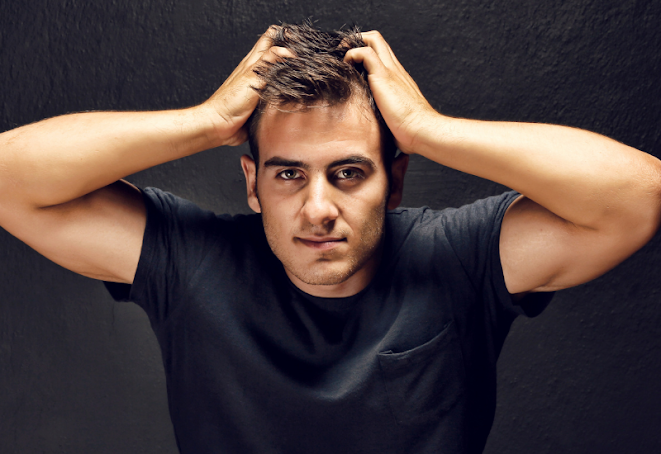
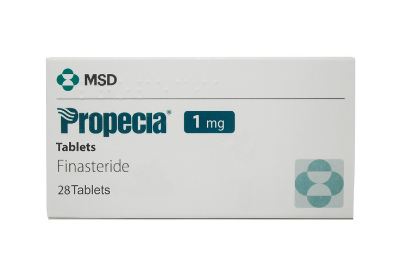

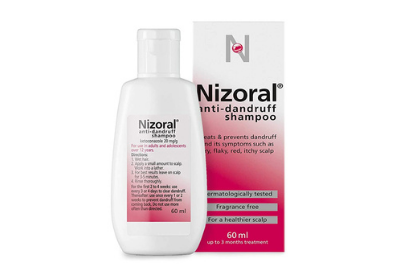


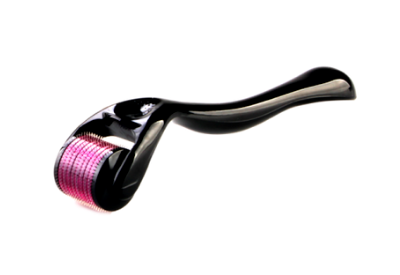
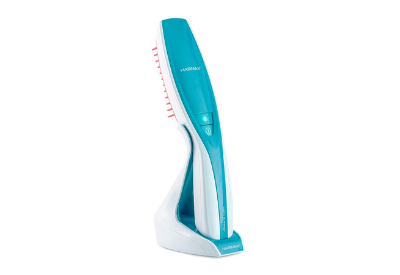

















0 comments:
Post a Comment